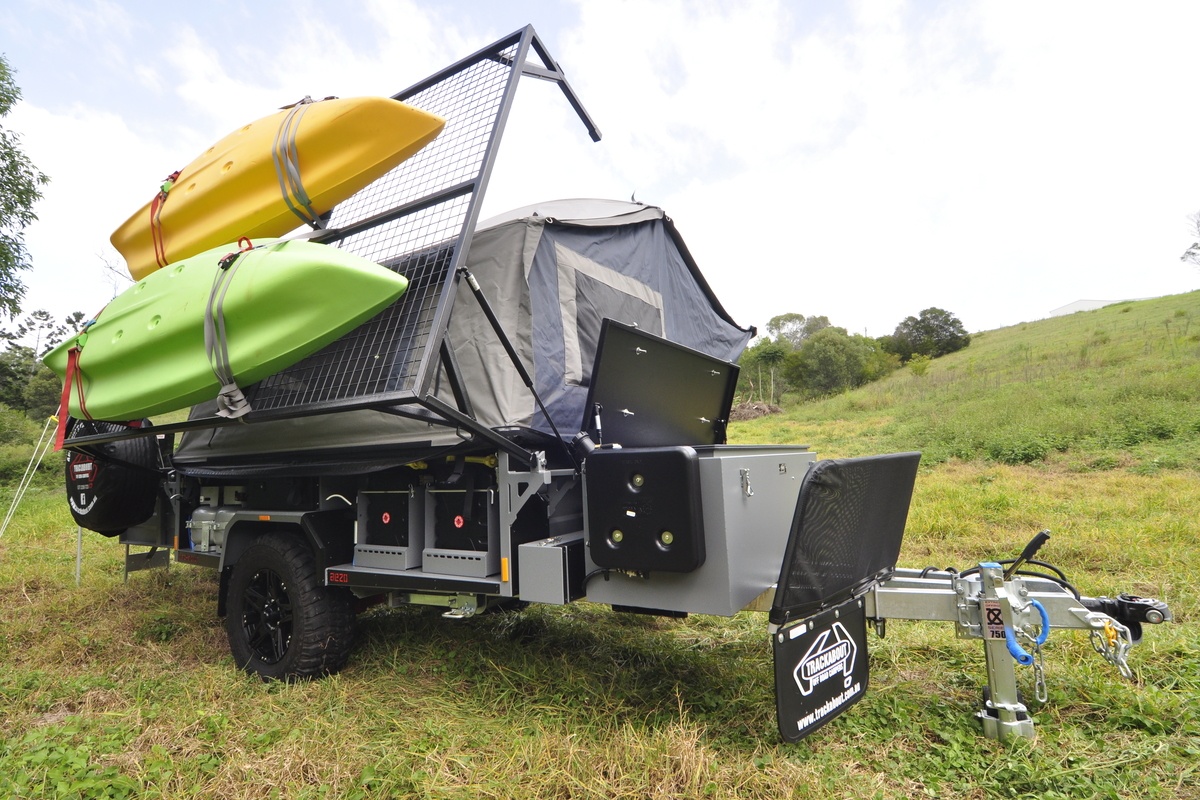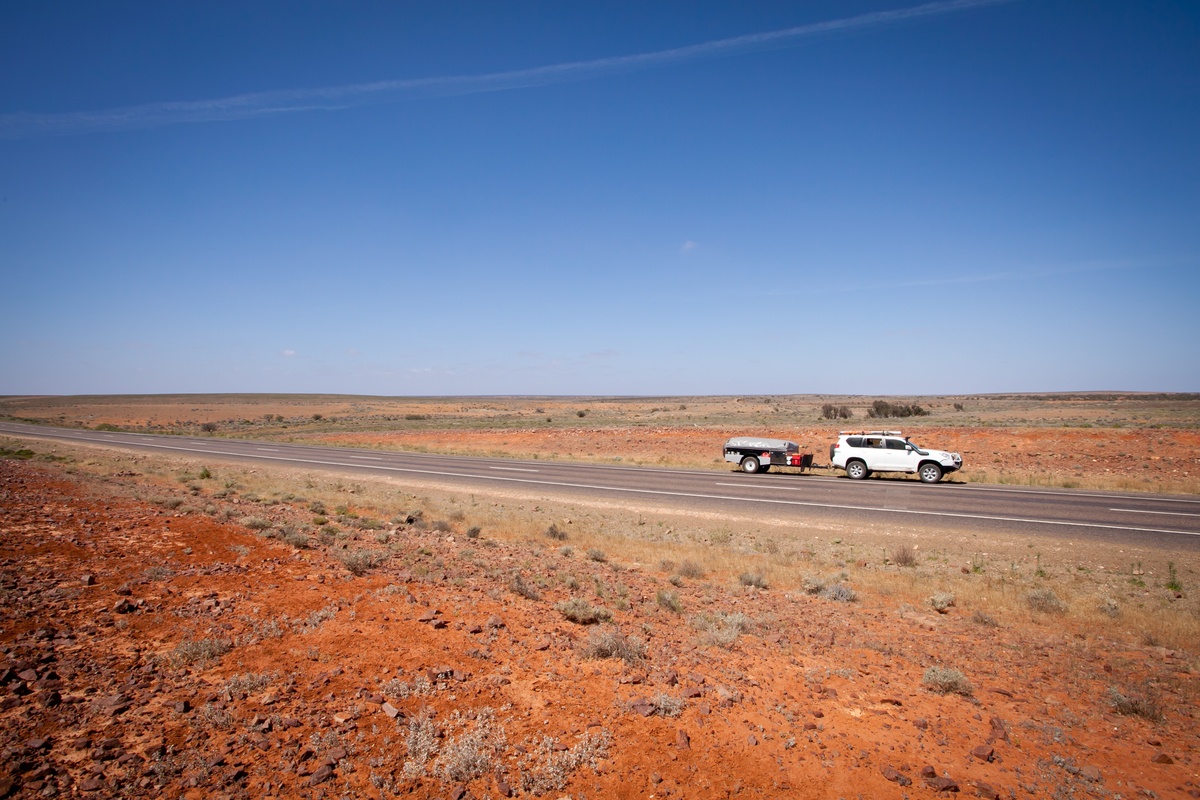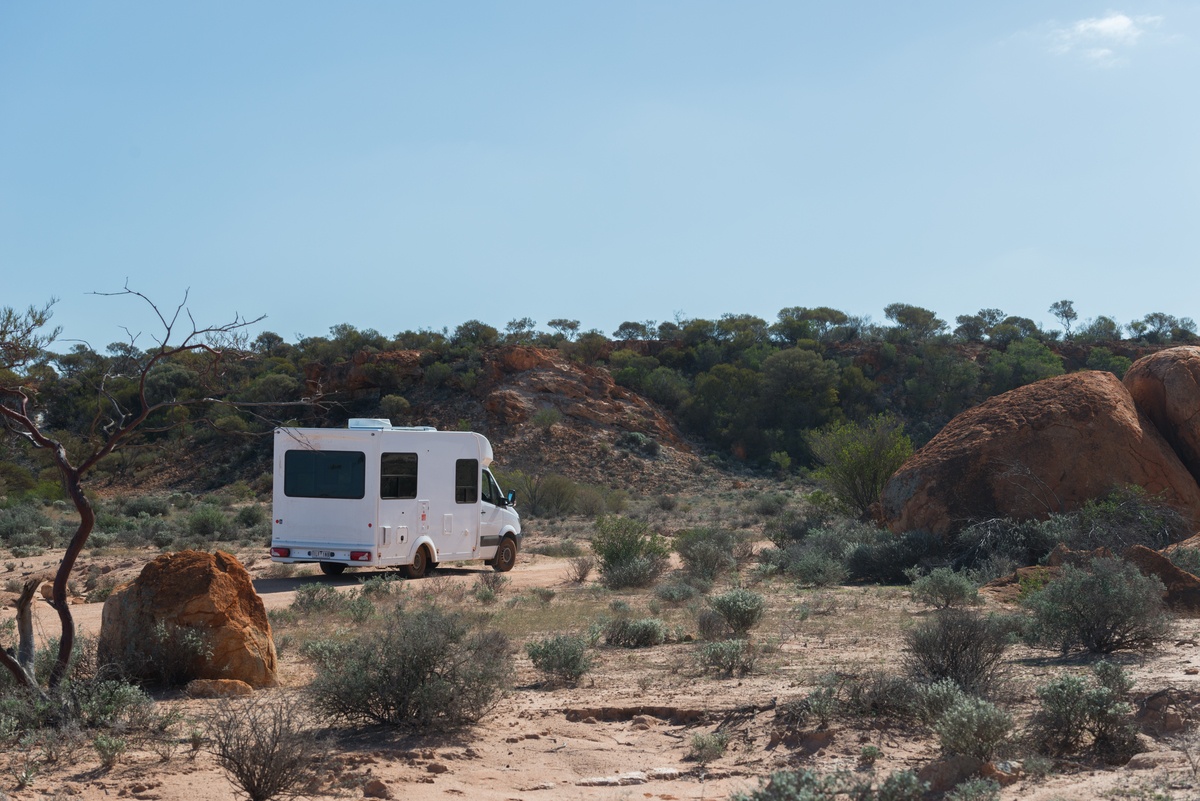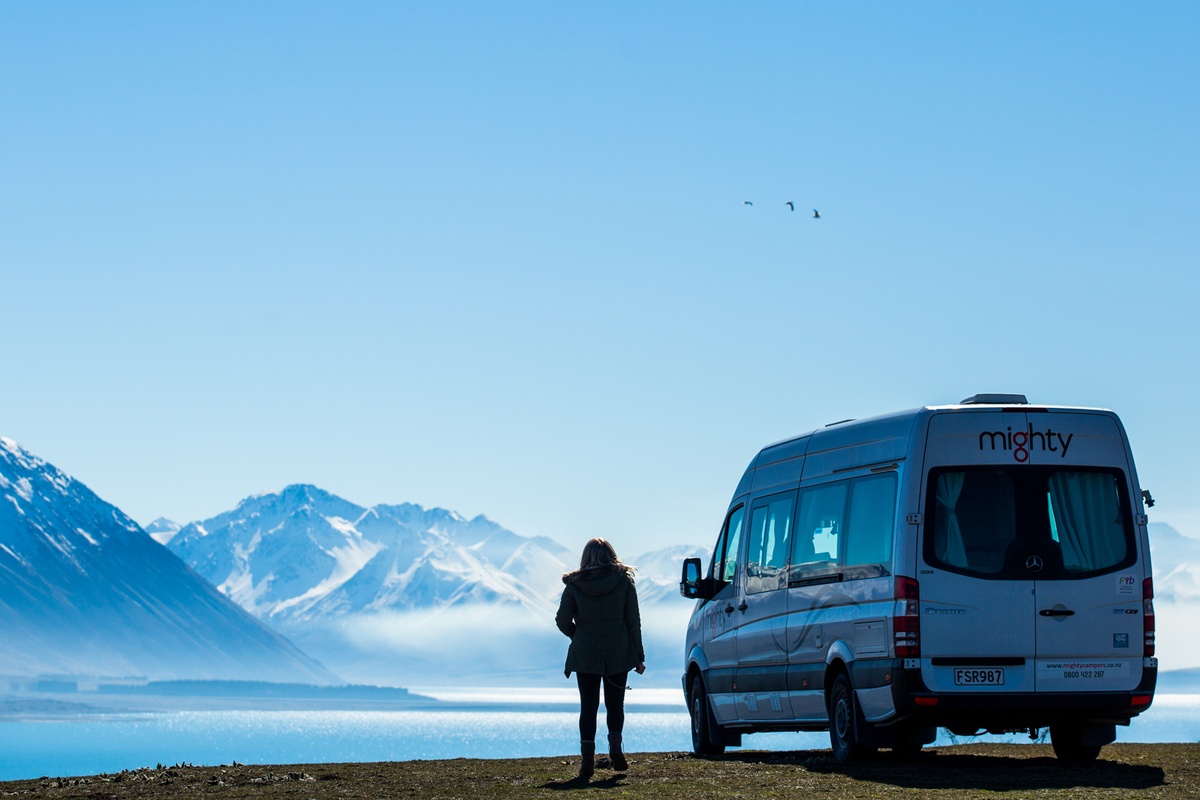We are all looking for ways to escape the daily grind and when your smartphone is out of ideas (or should that be apps?), the great outdoors might be your best way to relax.
Gone are the days of difficult to erect tents and poorly insulated caravans, we live in an age where you can honestly call an RV a home away from home. You can option in washing machines, air conditioning, even fridges powered by the same gas as your Weber BBQ to make life easy.
We list the major differences not only between the types of RV’s available in Australia but the reasons they suit different aspects of our lives. Some of us want to rough it with as little modern tech to distract us as possible but others want to spend months on the road and with that need the comfort a heater and satellite TV can provide.
CAMPER TRAILERS

Starting at Camper Trailers might have you think they are the most basic and cheapest but those days are long gone with some campers retailing for over $100,000 but there is one thing in common with the cheapest to most expensive, a compact size.
With a small footprint comes agility and easier towing. Most campers come in under 2000kg meaning brake requirements are lower and cheaper, a saving passed down to customers; this is also handy for anyone with a small tow vehicle. Campers relativite small size also means they can go places big caravans and motorhomes cannot so if you are more inclined to ‘go bush’ on our remote tracks they are a natural fit.
But there are compromises. Campers often need time to set up and with that time, a bit of legwork getting awnings out and the body of the camper set up for use.
They also tend to only have external cooking so come cooler months you either need to carry some good apparel or love the idea of wrapping cold hands around a hot coffee.
In terms of how many people you can comfortably accommodate, times have changed. Once campers were tents on top of box-trailers with the sleeping space defined by the size of the tent (typically up to two). Now you can get campers that fold outwards from themselves to create private space for four internally plus more in demountable awnings.
You can pick up a new camper from as little as $7000 or you could spend 20 times that; the reality is you get what you pay for with cheaper campers often using inferior suspension and other critical components. Most buyers spend around $20,000 to $45,000 for a camper ready to take a couple or a young family on the road complete with solar panels, decent batteries, a good kitchen and fridge.

PROS
- Light weight
- Small size
- Low entry price
- Vast range of layouts, size and ability
CONS
- Less secure
- Less comfortable
WHO CAMPER TRAILERS SUIT
Due to their compact size and low weight, they suit people wanting to get to the furthest reaches of our wonderful country but their more time consuming and the physical demands to set up mean they do not suit the less-abled among us.
CARAVANS & 5th WHEELERS

Although the English lay claim to the invention of the caravan (I would argue the Roman armored chariot was the first), local product has evolved to become quintessentially Australian. Our parents and our parents parents pioneered the Outback and seaside holiday park stays in the full-bodied trailer with bed and stove top and now, with hundreds of manufacturers around the country, the ability to find the perfect van has never been better.
Time has changed on the beauties of the days passed with modern caravans able to offer separate showers and toilets, multiple AC units giving true indoor climate control and kitchens good enough for a professional chef. But there are still basic builds to be had with just the necessary stuff like a comfortable bed; a private, cassette toilet with shower overhead and the security a walled caravan offers.
Caravans typically weigh over 2500kg, though there are some specifically designed to be less, so expect to need an SUV or ute to tow it bringing up the total cost to get away.
They also all tend to have internal kitchens and toilets which is the biggest selling point for most. The ability to have total privacy is appealing.
You can get into a new caravan for under $30,000 though these tend to be missing features like toilets and tend to be pop tops which do not have full walls. A pop-top replaces the top most part of the walls with canvas. Pop-tops are less insulated making them harder to keep warm (or cool) and they let more noise in. This style has its benefits though as the lower tow height is lower than the typical height of a caravan which is around 3m.
Stepping into a full-bodied van is possible under $40,000 but again, you get what you pay for and may miss out on some features. $50,000-$75,000 is the most common price range with everything from well appointed couples vans to more basic large family caravans complete with bunks and washing machines available in this range. Should you have the want and the way, the sky is your limit in caravans with some retailing for as much as $250,000. For this you get more than the kitchen sink, expect voice controlled appliances and mobile phone reception boosters, things your house probably does without.
5th wheelers are an interesting subset of the caravan. Replacing the drawbar with a gooseneck gives the design more floor space for the overall length of the trailer but they require a speciality tow arrangement in the tray of your ute or truck.
The gooseneck system allows for a more even loading of the trailers weight to be split between the tow vehicle and the trailer wheels. This makes them more stable (typically) than a traditional caravan a big plus for anyone uncomfortable with the concept of towing something so large.

PROS
- Security
- Family-friendly layouts
- Comfort
- Storage and payload capacity
- Customisable builds
CONS
- Bulky size
- Need for a powerful tow vehicle
WHO CARAVANS SUIT
Those of us wanting a secure and private place to relax and unwind however, their bigger size makes them a more daunting tow plus you need to factor in a powerful tow vehicle.
MOTORHOMES

A motorhome is a complete package in the sense that it has the space and comfort of a caravan but does without the need for a tow vehicle and being one unit, they remove the often daunting task of actually towing but at a cost, a substantial cost.
Entry starts at around $80,000 for a new motorhome and stretches to infinity and beyond, should you go down that rabbithole. In the cheaper options you are most likely looking at a converted commercial van, which is actually a good thing. In converted motorhomes the body of the living space comes from the vehicle maker which then gets a fitout with key features like a bed, storage, small kitchen and sometimes a toilet.
Coming from a mass-producing vehicle factory means you get car-like refinement and a smaller overall size, something the more commonly seen cab-chassis with box-body bolted on can miss out on.

The middle kid in the motorhome family is a cab-chassis, light truck that has a bespoke box manufactured and bolted on the chassis. These come in two classes, the normal car-licence friendly sub-4000kg class and those above. The over 4000kg models require a simple-to-get but mandatory licence to be legally driven. This changes state-to-state so check with your local authority.
Because of their size and low weight, these mid-sized motorhomes can be a bit of a handful in strong winds but they are easier to handle than a caravan. A common gripe with them is that not having a seperate tow vehicle means should you need to swing past the supermarket, you need to take the motorhome and all of its girth to town.
Then there are the big guns, the converted and bespoke bus sized motorhomes which can break $1m. These mega-rigs give you everything you need and plenty you probably didn’t know you wanted. With them comes plenty of driving range, excellent self-sufficiency and of course, the possibility of customisation. You also tend to get a high tow-rating making towing a small or some motorbikes an option to aid mobility once you have found your perfect parking spot. A specialty licence is a must have with these but if you can afford one, you can probably afford the time and mimal cost to get one.
All motorhomes share another massive advantage over trailer RV’s, you can simply pull up on a flat spot and you’ve made camp. There is no backing the trailer into a spot or putting down support legs, you just step into the living quarters and your good to go. This is especially important to people wanting cover big distances quickly.

PROS
- Nothing to tow
- Space and volume
- Customisable builds
- No set up required
CONS
- Need for special drivers licence (typically)
- Not as agile as your tow vehicle
WHO MOTORHOMES SUIT
People looking to cover vast distances in an easy driving option without the hassle of setting anything up.
MEET THE AUTHOR
Tim van Duyl
Coming from marine publishing Tim now oversees Caravan World and Trade-a-Boat for the Adventures Group as their Senior Editor. With experience garnered from travelling the breadth and width of his home country New Zealand in all manner of ways, his mission is to see all Australia has to offer. Having already sampled Cape York, Murray-Sunset National Park, Wilsons Promontory and the bulk of Victoria’s West, he has plans to add to the small parts of WA and NT already seen. When not on the road you can find Tim passing time at lakes around Australia or in the high country camping with his close friends and family with the Murrindindi a popular spot.





